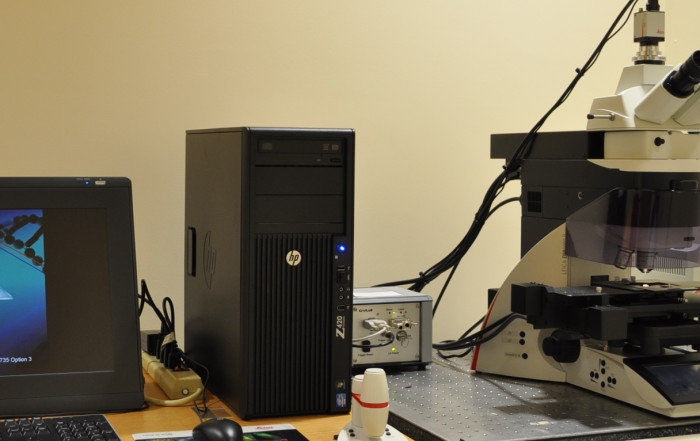Instruments
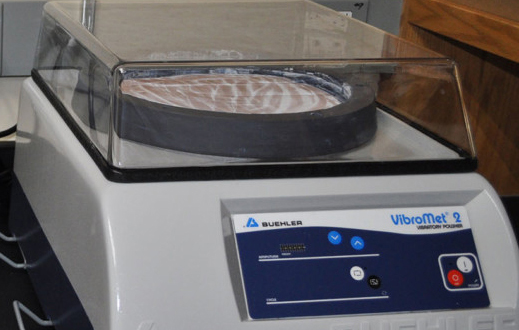
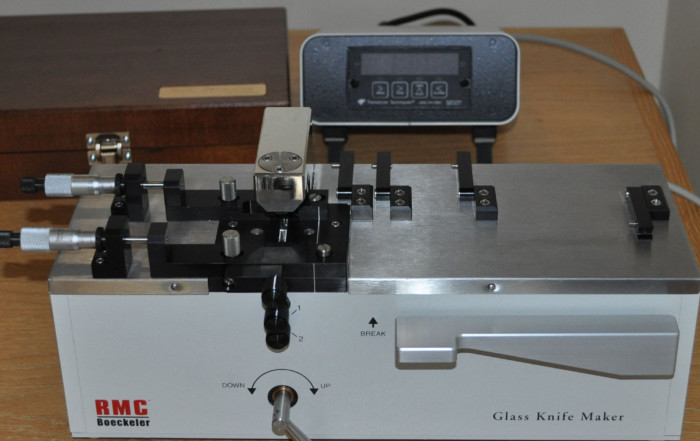
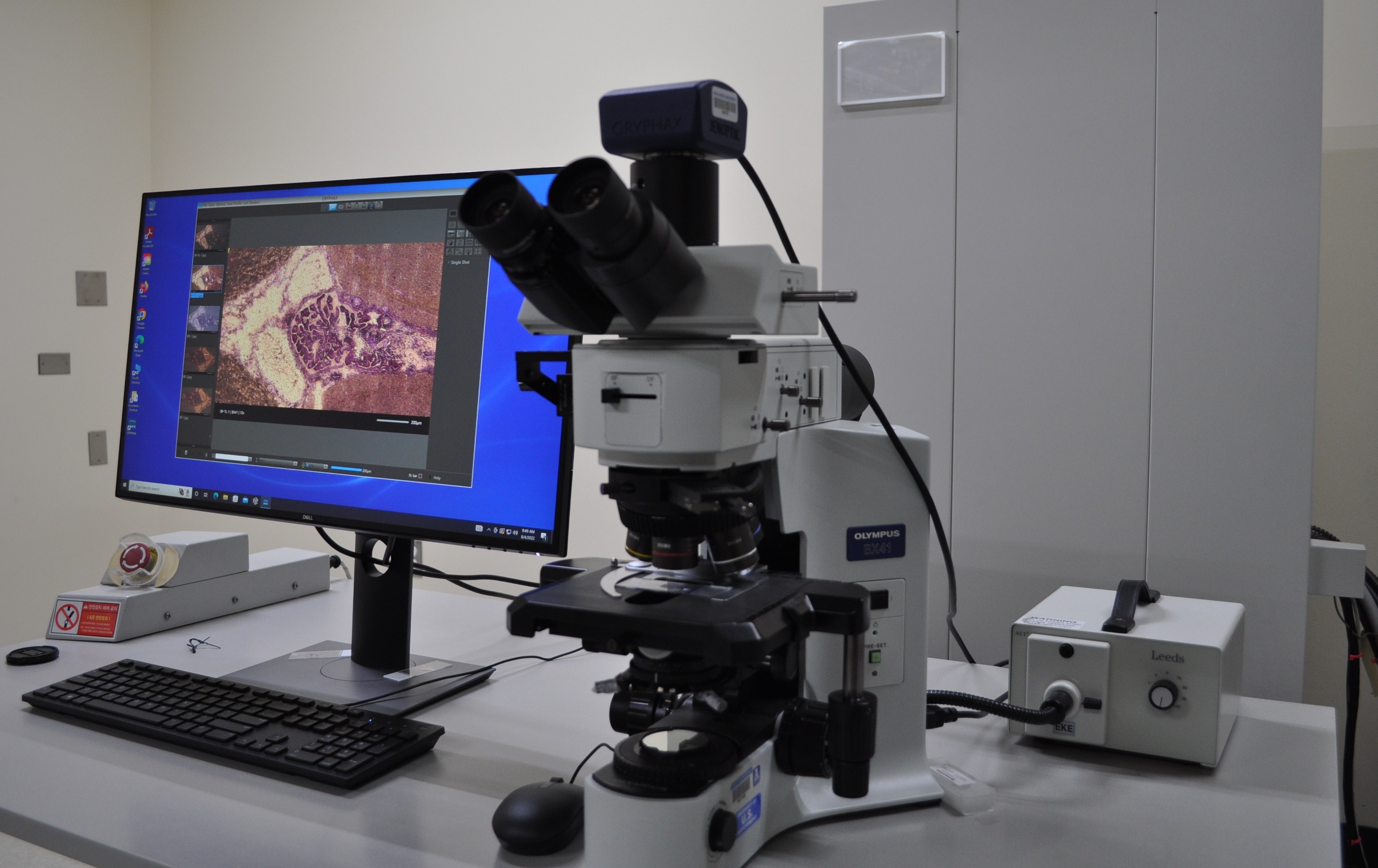
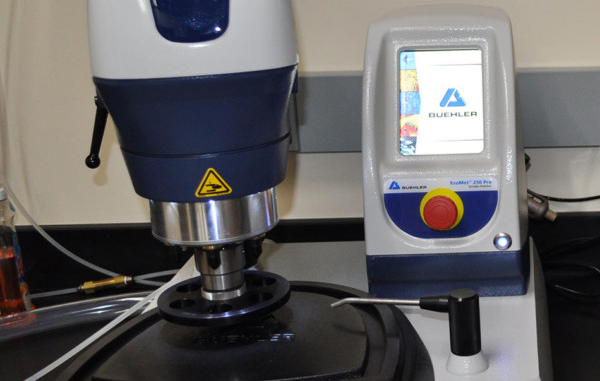
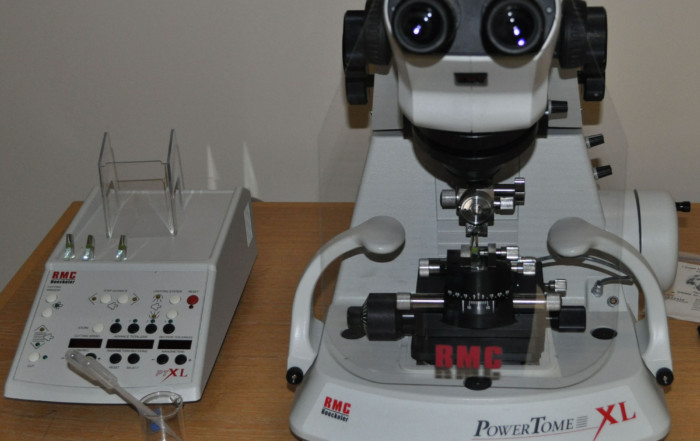
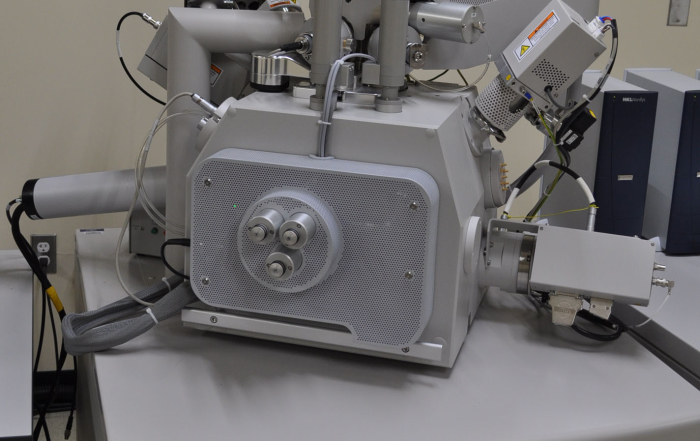
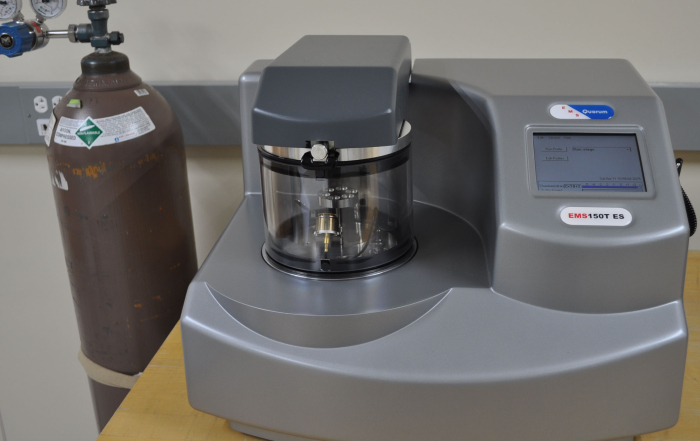
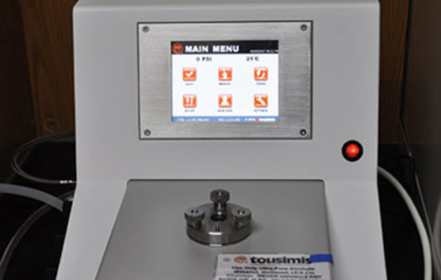
Various sample holders can hold up to 12 (size <= 7 mm) specimen, or 10 (diameter 9-13 mm) glass cover slips, or 5 (size 1cm x 1cm) die, or 1 (size 1 inch large capacity) holder.
To prevent damage, NO acids (HF, H2SO4, etc.) is allowed into the chamber. Only ultra-pure alcohols (ethanol, methanol, isopropanol) is allowed as drying agent. All meter valves have been preset, no additional adjustments are necessary.


